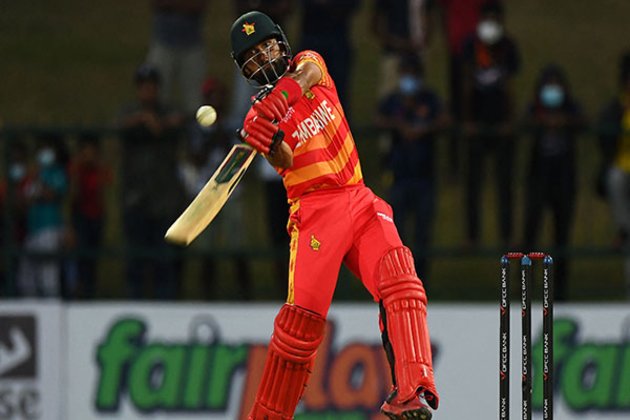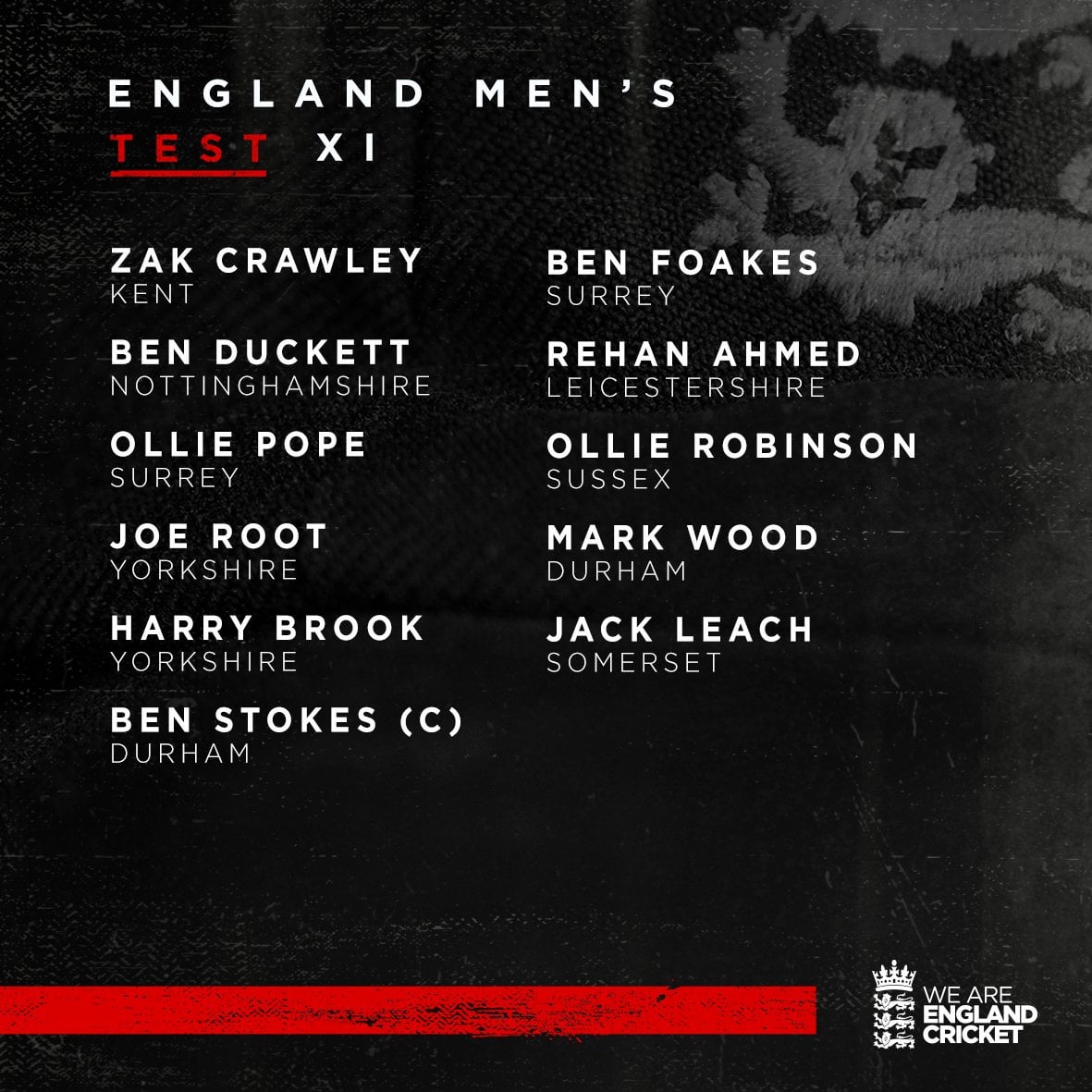The Karate Kid Part III: Comparing It To The Original Film

Table of Contents
Plot and Narrative Structure
The Core Conflict
The Karate Kid centers on the underdog story of Daniel LaRusso, a teenager who moves to California and faces relentless bullying from Cobra Kai's Johnny Lawrence. This classic underdog narrative culminates in the All Valley Karate Tournament, where Daniel, guided by the wise Mr. Miyagi, ultimately triumphs over Johnny through skill, discipline, and the application of Mr. Miyagi's unique karate style. The conflict is relatively straightforward: bully versus underdog, with clear-cut motivations.
The Karate Kid Part III, however, escalates the conflict significantly. While Johnny is still involved, the primary antagonist becomes Terry Silver, a wealthy and ruthless Cobra Kai associate with a far more sinister and complex motivation than Johnny's simple teenage rivalry. Silver's ambition is to systematically destroy Daniel, both physically and emotionally, using underhanded tactics and exploiting loopholes within the karate tournament rules. This increased complexity raises the stakes and provides a different kind of challenge for Daniel.
- The Karate Kid: Underdog story, simple bullying conflict, focus on self-discovery.
- The Karate Kid Part III: Escalated conflict, complex villain with manipulative tactics, higher stakes, and darker themes.
Character Development
Daniel LaRusso's character arc in The Karate Kid focuses on his journey from naive newcomer to confident martial artist. He learns valuable life lessons about discipline, perseverance, and self-reliance, all under the tutelage of Mr. Miyagi.
In The Karate Kid Part III, Daniel's development continues, but the focus shifts. He grapples with the increased intensity of the conflict and the manipulative tactics of Terry Silver. While still exhibiting resilience, he also demonstrates vulnerability and emotional turmoil, adding layers to his character.
Mr. Miyagi’s role evolves as well. In the original, he acts as the wise mentor, imparting not only karate skills but also life wisdom. In the third installment, he's pushed to his limits, facing a more cunning opponent, which forces him to adapt his approach to the conflict, showcasing his own vulnerabilities.
Johnny Lawrence, the antagonist in the first film, remains a recurring figure, although his role is diminished in The Karate Kid Part III. His presence serves as a reminder of the ongoing conflict and highlights the cyclical nature of violence and revenge.
The Role of Karate
Both films portray karate as more than just a martial art; it's a philosophy emphasizing discipline, self-defense, and spiritual growth. Mr. Miyagi's teachings in The Karate Kid highlight the importance of balance, patience, and respect. The tournament scenes serve as pivotal moments to showcase the culmination of the training and demonstrate the characters’ growth.
The Karate Kid Part III retains this philosophical aspect but with a darker undertone. The increased emphasis on winning, combined with Silver's manipulative tactics, distorts the true spirit of karate. The tournament becomes more of a battleground for deception and ruthless aggression than a test of skill and sportsmanship, ultimately underscoring the negative consequences of twisting a noble pursuit into a ruthless game.
Themes and Tone
Themes of Bullying and Revenge
The Karate Kid tackles the theme of bullying head-on, offering a clear resolution where Daniel overcomes his adversaries through skill and determination. The themes explored are those of overcoming adversity and self-discovery.
The Karate Kid Part III takes a darker turn, exploring the cyclical nature of violence and the devastating consequences of unchecked anger and revenge. While Daniel initially seeks to retaliate against Silver, the film ultimately hints at the importance of avoiding a destructive cycle of violence, even if a clear-cut "happy ending" is less prominent.
The Atmosphere and Setting
The original Karate Kid boasts an idyllic California setting, creating a sunny and optimistic atmosphere. This contributes to the film's overall feel-good vibe.
The Karate Kid Part III adopts a darker and more intense tone. The cinematography and setting reflect this shift; the atmosphere is noticeably more menacing and suspenseful, underscoring the increased stakes and the more complex nature of the conflict.
Critical Reception and Legacy
Box Office Performance
While both films were commercially successful, The Karate Kid significantly outperformed The Karate Kid Part III at the box office, reflecting its stronger critical reception and cultural impact.
Critical Reviews and Ratings
The Karate Kid receives overwhelmingly positive reviews, often cited as a classic coming-of-age story and a testament to the power of perseverance. The Karate Kid Part III, however, often garners mixed reviews, criticized for its darker tone and less compelling narrative compared to its predecessor, although many acknowledge its place within the franchise’s overall story arc.
Lasting Cultural Impact
The Karate Kid has had an undeniable and lasting cultural impact, spawning sequels, a remake, and even a successful Netflix series, Cobra Kai. Its iconic moments and inspiring message continue to resonate with audiences. While The Karate Kid Part III hasn't had the same widespread cultural impact, it remains a significant part of the franchise’s history, contributing to the larger narrative and character development within the overall Karate Kid universe.
Conclusion
While The Karate Kid remains a timeless classic celebrated for its compelling story, memorable characters, and positive message, The Karate Kid Part III, though lacking the same charm and originality, offers a darker, more complex narrative. By comparing the two films, we gain a deeper appreciation for both their individual strengths and the unique contributions they made to the franchise’s overall legacy. Ultimately, both films showcase different aspects of the enduring appeal of the Karate Kid story, inviting further discussion and exploration of the franchise. Continue your journey into the world of The Karate Kid Part III by exploring online resources and sharing your own opinions on this iconic sequel. Dive deeper into the debate – which film reigns supreme in your opinion?

Featured Posts
-
 Fratii Tate Cum Au Fost Intampinati La Intoarcerea In Romania
May 23, 2025
Fratii Tate Cum Au Fost Intampinati La Intoarcerea In Romania
May 23, 2025 -
 Zimbabwes First Test Triumph Muzarabanis Match Winning Performance Against Bangladesh
May 23, 2025
Zimbabwes First Test Triumph Muzarabanis Match Winning Performance Against Bangladesh
May 23, 2025 -
 England Names Xi For First Test Against Zimbabwe
May 23, 2025
England Names Xi For First Test Against Zimbabwe
May 23, 2025 -
 Wrestle Mania 41 Golden Belts Memorial Day Weekend Ticket Sale Announcement
May 23, 2025
Wrestle Mania 41 Golden Belts Memorial Day Weekend Ticket Sale Announcement
May 23, 2025 -
 Lea Michele Daniel Radcliffe And More Support Jonathan Groffs Broadway Debut
May 23, 2025
Lea Michele Daniel Radcliffe And More Support Jonathan Groffs Broadway Debut
May 23, 2025
